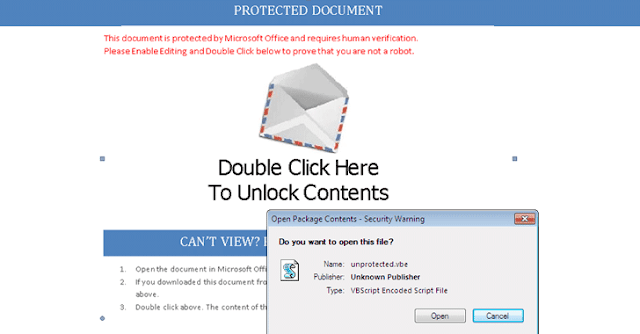should i buy trend micro Titanium Maximum security 2017?
is trend micro Titanium Maximum security Version 11.0 good enough to protect my pc from all malware and unsafe websites?
if you have this kind of questions then you will get answer of your question in this video
Trend Micro™ Maximum Security provides comprehensive multi-device protection so you can enjoy your digital life safely.
Features the latest in anti-ransomware technology
-Blocks dangerous websites
-Shields your privacy on social media
-Safeguards kids online
-Secures 3 devices (PC, Mac, or mobile)
-Securely manages online passwords
Which kind of security suite you choose depends on what kinds of devices you need to protect. If you're strictly a PC household, a traditional Windows-centric suite should do fine. But if you use multiple platforms, you're better off with a cross-platform suite like Trend Micro Maximum Security. It offers feature set on Windows and Android, but less so for mac OS and iOS devices.
The Windows module in Trend Micro Maximum Security sports a competitive list of security and convenience features. Three of its features are present in every all-in-one internet security product in our lineup: anti-phishing, malware detection on removable media and a gamer mode, which suppresses alerts during full-screen applications so you can enjoy movies and games without annoying interruptions. You also get parental controls to manage your children's internet activity, a password manager and file vaults to secure any especially sensitive information you want to protect. In addition, you get a file shredder to completely eradicate deleted files. Absent from Trend Micro's Windows component are anti-theft features, which would allow you to remotely lock down your computer if you lose it, and a rescue mode to boot a PC that has succumbed to infections, which some competing products offer.
To counter the uptick in ransomware attacks, Trend Micro includes Folder Shield, a component that bans unauthorized programs from making changes in your Documents folder. The company also maintains a ransomware hotline that's free for anybody who needs help.
Trend Micro's scores from the independent testing labs are mixed. It earned a perfect 18 points in the latest test by AV-Test Institute, as did Kaspersky and Bitdefender. Simon Edwards Labs certified it at the AA level, the second-best of five certification levels. However, it failed one of two tests performed by MRG-Effitas (to be fair, many products fail these tests). Out of three tests by AV-Comparatives, Trend Micro took a just-passing Standard rating in one and a second-best Advanced rating in the other two.
The software's mobile modules turned in excellent scores for malware detection and usability when AV-Test conducted tests on the Android module during November 2016 . An app adviser alerts you about apps that want to take too many liberties with your privacy. It can block calls and help you manage passwords. It also supports antiphishing and parental controls.
Trend Micro Maximum Security's iOS module did not undergo AV-Test evaluations in 2016. However, the iOS features built into this software include antiphishing, antitheft and password management.
From the Trend Micro account dashboard, you can manage all your subscriptions in one place. For example, you can check if anything has expired and renew or convert a trial version. You can also update your account details.
The support webpage is organized well and contains tutorials and useful advice on important topics. Product guides are available as PDFs. To reach support, you can email the company. If you want to call with questions, you can get customer support by phone from 5 a.m. to 8 p.m. Pacific Standard Time on weekdays. For premium customer service, for which you need to pay an extra fee, you can call a hotline 24/7.













